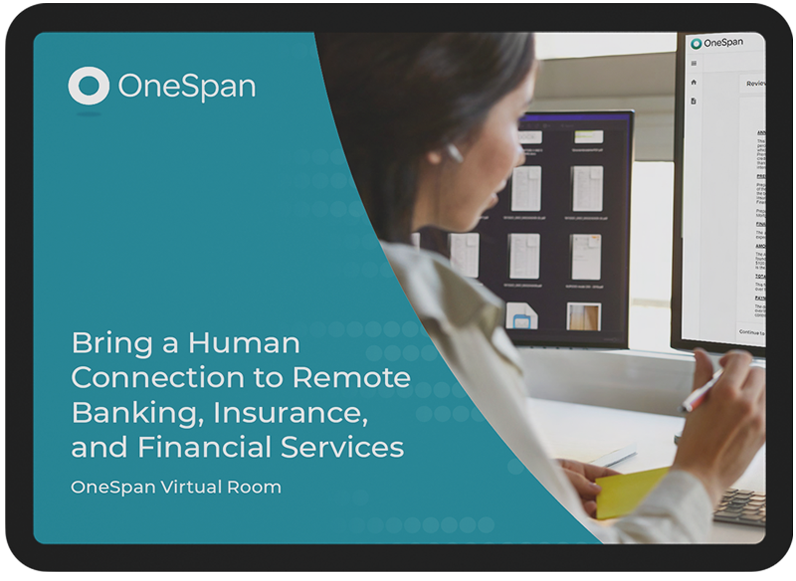Video-based E-Signing is Next Step in Industry's Digital Transformation

In February 2022, a UK government working group under the Ministry of Justice issued a report encouraging the use of e-signatures to execute documents.
This is great news for the insurance industry and demonstrates how the UK is leading the way when it comes to digital transformation.
However, what was even more exciting within the working group’s report was comments on video-based interactions and document signing – the group recognised that fully remote digital processes are increasingly assisted by video and artificial intelligence (AI).
It said: “Some platforms offer a variety of collaboration and sharing tools that allow the operator to interact with the customer, exchange and capture documentation, as well as [facilitate] screen sharing, file sharing, document sharing and co-browsing, identity capture and verification and video recording.”
These capabilities culminate in “transaction sealing, sharing and archiving” as part of “a near seamless process”.
Facilitating a digital world
Seamless processes are vital for insurance firms operating in today’s remote world.
The World insurance report, published by Capgemini in 2021, revealed that the Covid-19 pandemic created a 30% spike in insurance demand globally, with 70% of customers expecting a multichannel experience.
Therefore, insurance agents and carriers know that now is the time to accelerate digital transformations and embrace technology that can help meet customers’ high expectations around ease of use and enhance operational efficiencies.
For example, the sixth largest insurance company in Greece, Generali Hellas, has increased its market share (6%) and productivity (8%) as a result of implementing digital solutions, such as electronic signatures.
Consumer preferences are also evolving.
The 2020 Accenture global banking consumer study: Making digital banking more human report, published by Accenture in 2020, found that while only 15% of consumers had used a video call to communicate with an advisor before the pandemic, 46% are now willing to do this. In fact, 35% of these respondents would prefer a video call to a face-to-face meeting.
This demonstrates the value of digital solutions, such as e-signatures and video signing tools, for the insurance sector. However, not all video collaboration software is created equal.
Some vendors may offer little more than messaging, file sharing and video conferencing software. Others, including OneSpan, aim to re-create the in-person signing experience virtually, while also providing end-to-end security - from identity verification and authentication to security controls that block unauthorised people from signing on behalf of others.
These types of virtual room experiences deliver their own insurance policy – an audit trail of the entire signing ceremony.
Insurance carriers and brokers need to consider this carefully when weighing their options and determining the top requirements for a virtual conferencing platform.
As regulatory changes continue to enable digital document signing, a seamlessly integrated solution combining e-signatures, video conferencing, collaboration capabilities and security features in an easy to use platform can increase completion rates, create invaluable time-saving efficiencies for employees and serve as an important differentiator.
This blog, written by Dan McLoughlin, field chief technology officer at OneSpan, was first published on Insurance Times on September 5, 2022.










